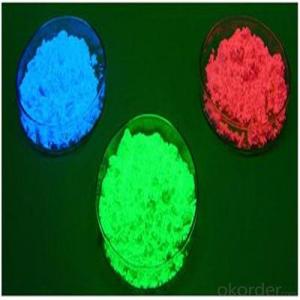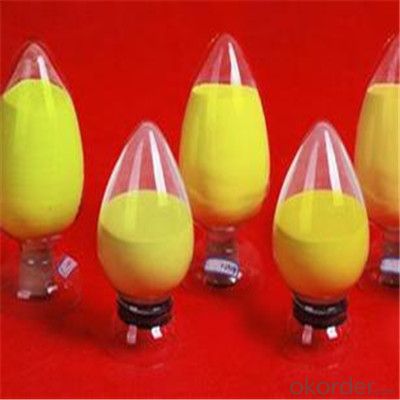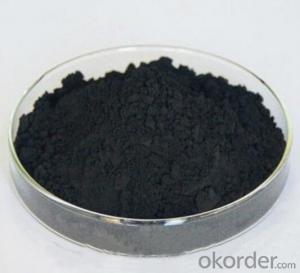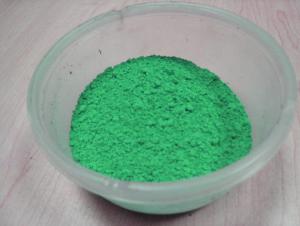LED Fluorescent Powder with High Quality
- Loading Port:
- Hai Kou
- Payment Terms:
- TT OR LC
- Min Order Qty:
- 55 kg
- Supply Capability:
- 100000 kg/month
OKorder Service Pledge
OKorder Financial Service
You Might Also Like
Description of LED Fluorescent:
Extensive usage: it applies to various LED encapsulation from cool white to warm white. The rendering index can be up to 98 with red powder.
Festures of LED Fluorescent:
These red phosphors are designed for warm white illumination devices with high render color index.High brightness is achieveed using the shorter wavelength the blue chips ranging from 450nm to 460nm.They can be used in combination with other FL series products to get suitable color temperature and CRI according to customer's requirements.
Specifications of LED Fluorescent:
Emission band covering from 620nm to 660nm.High brightness white LEDs using these phosphors can be used for applications in display backlighting,cameraflashes,signage,decoration,LED displays,projectors,automotive,general lighting,and a variety of high power applications.
Images of LED Fluorescent:
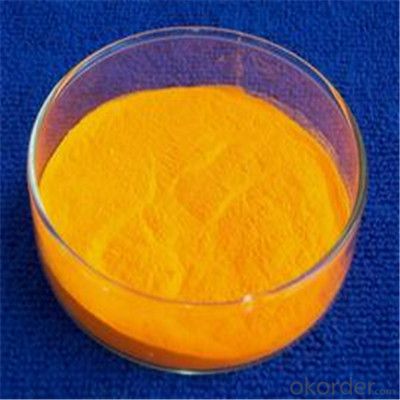
FAQ:
1.When can i get the price quotation?
We can send you the quotation within 24hours after your inquiry, including the shipping cost if you need.
2.What about payment term?
30% T/T deposit, balance against B/L copy.
Full T/T payment if quantity less than MOQ.
3. What’s your after-sales service?
One-year warranty, and 1% common accessories.
- Q: do all leaves extract contain the same pigments??why?
- Absolutely not. Leaf pigments, just to name a few, may include chlorophyll, carotenes, lutein, anthocyanins. Not only will pigment content vary between plant species, but pigment content will vary in individual plants seasonally.
- Q: how are pigments classified?
- Plant pigments are classified like this.green colour pigment chlorophyll,yellow coloured pigments xanthophyll, orange red carotenoids and anthocyanines.OTHER than green are called carotenoids If green pigments are present in plastids they are called chloroplasts Y ellow pigemented plastids are called chromoplasts colourless plastids are called leucoplasts and they store starches and food materials.
- Q: What are accesory pigments and why are they important?
- Accessory pigments, also called, Photosynthetic Pigments or Chloroplast pigments, are pigments which are present within the cell of a Chloroplast used to harvest a greater spectrum of light.y are colored compounds which absorb and transfer light energy to chlorophyll. Pigments are light-absorbing molecules. In addition to chlorophyll,other pigments, principally yellow and orange carotenoids, as well asother forms of chlorophyll, are also present in green plants. These molecules absorb light and then pass the energy to the chlorophyll and accessory pigments, like the carotenoids, enable the plants to use more ofthe light than is trapped by chlorophyll alone.
- Q: What is the role of pigment in photosynthesis photosynthesis ?
- The pigment is known as chlrophyll, and plays a vital role in photosynthesis. It is a principal light-capturing pigment in most plants, algae and cyanobacteria. In plants and algae, chlorophyll is located in the thylakoid membranes of choroplasts. During the reaction of photosynthesis carbon dioxide and water produce energy using light energy trapped by the green pigment chlorophyll. This reactions primary products are ATP and NADPH, with oxygen being produced as a waste product. Photosynthesis takes place in the chloroplasts, where the green chlorophyll pigment is located.
- Q: PLEASE TRY!, to awnser ANY of the questions below.~What factors cause leaves to change colors. Where do these colors come from?~What are the names of the specific chemical pigments that cause the colors we see (reds, yellows, purples, browns, greens etc.) These are the same pigments (chemical that causes color) that give fruit their different colors.~What is the process (how it happens) that cause leaves to fall off of the branches. Explain at the cell level. (picture)Please try to awnser. Thanks.
- 1shorter days and cooler temperatures 2they emerge from being obscured by the more numerous chlorophyll 3carotenoids,etc 4 senescense then abscission.the abscission zone has thin-walled cells,plant hormones decrease,a separation layer forms,cells form suberin thus isolating leaf from stem,fall
- Q: Does albinism cause lack of ALL pigment, or just black pigment? Does this very on the species?
- Mammals and birds only have melanocytes (these produce varying amounts of brown or black pigment), so that's the only pigment that needs to be affected for them to display albinism. But other types of animals have multiple types of chromatophores. An albino snake, for example, would also need to have the cells that produce reds, yellows, and blues deactivated to appear white/colorless. For these animals to appear as albinos, all pigments would have to be affected.
- Q: (After the fifteenth century)
- Pigment is color in powder form. An example is lamp black; it was first made from the soot of kerosene lamps ground fine. Binder is a substance used to hold pigment together and make it adhere; in the previous example, linseed oil would be the binder for the lamp black pigment. Vehicle is a medium acting as a solvent, carrier, or binder for paint; turpentine or mineral spirits would be a vehicle but so would linseed oil as well to help dilute the paint and help it cover a large area. Hope that helps and thanx.
- Q: I need to know the classes and sub classes of pigments classification
- organic pigment and inorganic pigment
- Q: Many of the microorganisms found on environmental surfaces are pigmented. Of what possible advantage is the pigment?
- Pigments have many advantages for the cell. They can absorb light to be used in photosynthesis. Specific pigments absorb light in a specific range - so the more pigments the more light can be absorbed and used for photosynthesis. Pigments also protect the cells from damage by UV radiation. More recently it has been suggested that some pigments inhibit the growth of some microorganisms.
Send your message to us
LED Fluorescent Powder with High Quality
- Loading Port:
- Hai Kou
- Payment Terms:
- TT OR LC
- Min Order Qty:
- 55 kg
- Supply Capability:
- 100000 kg/month
OKorder Service Pledge
OKorder Financial Service
Similar products
Hot products
Hot Searches
Related keywords
